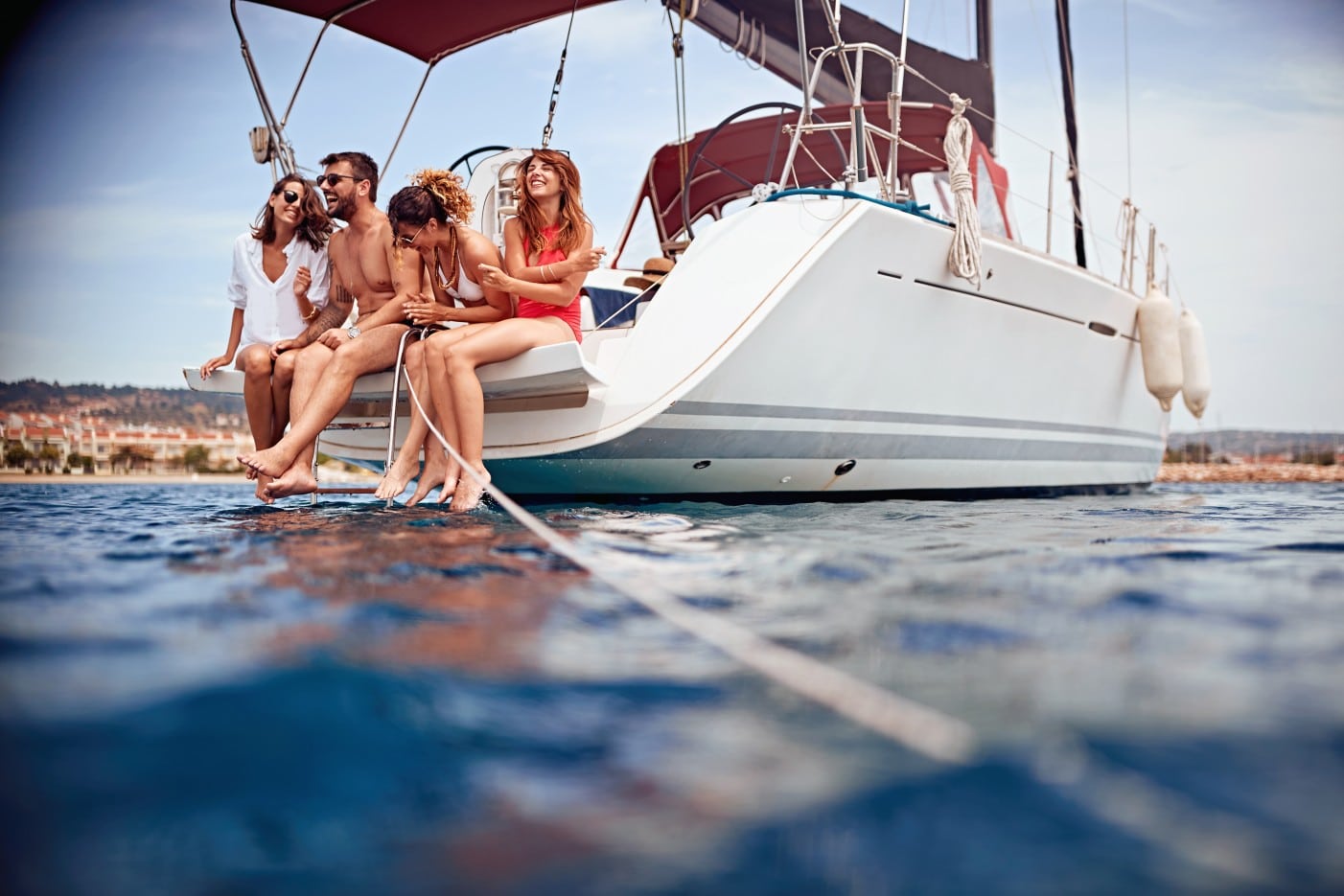
Boating offers a wonderful opportunity to explore waterways, enjoy nature, and create lasting memories. However, with the joy of boating comes the responsibility of ensuring safety for everyone on board.
One essential skill every boater should master is the ability to tie and use boating knots effectively. Understanding boating knots is crucial for securing your vessel, handling emergencies, and performing routine tasks efficiently.
In this blog, we’ll explore why knot knowledge is vital for safe boating and discuss some of the most important knots every boater should know.
The Importance of Boating Knots
- Securing Your Boat
One primary reason knot knowledge is essential is to secure your boat. Whether docking, anchoring, or tying up to a mooring buoy, knowing the right knots ensures your boat stays in place and doesn’t drift away.
Properly securing your boat prevents accidents, damage to your vessel, and potential hazards to other boats and structures.
- Handling Emergencies
In emergencies, quick and effective knot-tying can be a lifesaver. For instance, if someone falls overboard, knowing how to tie a rescue knot can help you throw a line to the person and pull them to safety.
Similarly, in the event of equipment failure, knowing how to improvise with ropes and knots can keep the situation under control until professional help arrives.
- Performing Routine Tasks
Boating involves various routine tasks that require knot tying, such as securing gear, adjusting sails, or towing other vessels.
Efficiently performing these tasks ensures smooth sailing and minimizes the risk of accidents. Mastering essential boating knots makes everyday operations more manageable and safer.
Essential Boating Knots Every Boater Should Know
Here are some fundamental boating knots that every boater should learn and practice:
- Bowline Knot
The bowline knot is one of the most versatile and essential knots for boaters. It creates a secure loop that doesn’t slip or jam, making it ideal for tying mooring lines or securing objects. The bowline knot is easy to tie and untie, even after being subjected to a heavy load.
How to Tie a Bowline Knot:
- Make a small loop, leaving enough rope on the tail end.
- Pass the tail end of the rope through the loop from the underside.
- Wrap the tail end around the standing part of the rope and back down through the loop.
- Pull tight to secure the knot.
- Clove Hitch
The clove hitch is a simple knot used for temporarily securing a line to a post or a ring. It’s quick to tie and untie, making it useful for tasks that require frequent adjustments, like tying fenders or securing a boat to a dock.
How to Tie a Clove Hitch:
- Wrap the rope around the post or ring.
- Cross the rope over itself and wrap it around the post again.
- Tuck the tail end of the rope under the last wrap and pull tight.
- Figure Eight Knot
The figure eight knot, also known as a stopper knot, is used to prevent a rope from slipping through a hole or a pulley. It’s a simple yet effective knot that’s easy to tie and untie.
How to Tie a Figure Eight Knot:
- Make a loop near the end of the rope.
- Pass the tail end of the rope through the loop.
- Pull tight to create the figure eight shape.
- Cleat Hitch
The cleat hitch is a vital knot for securing a boat to a dock cleat. It’s a quick and secure method to ensure your boat stays moored.
How to Tie a Cleat Hitch:
- Wrap the rope around the base of the cleat.
- Cross the rope over the top of the cleat.
- Wrap the rope under the horns of the cleat in a figure-eight pattern.
- Tuck the tail end of the rope under the last wrap and pull tight.
- Sheet Bend
The sheet bend is used to join two ropes of different thicknesses. It’s a strong and reliable knot that’s essential for extending lines or tying ropes together in various situations.
How to Tie a Sheet Bend:
- Make a loop with the thicker rope.
- Pass the tail end of the thinner rope through the loop.
- Wrap the tail end around the loop and tuck it under itself.
- Pull tight to secure the knot.
Tips for Mastering Boating Knots
- Practice Regularly
Regular practice is the key to mastering boating knots. Set aside time to practice tying knots until you can do them quickly and confidently. Practicing in different conditions, such as wet or windy environments, can also be beneficial.
- Use Quality Rope
Using a quality rope that’s suitable for marine environments is important. Different types of rope have different characteristics, so choose the right one for your needs. Practicing with the same type of rope you’ll use on your boat can help you become more proficient.
- Learn from Experts
Learning from experienced boaters or taking a boating safety course can provide valuable hands-on experience. Many organizations offer courses that include knot-tying as part of their curriculum, providing you with practical knowledge and confidence.
- Keep a Reference Guide
Having a reference guide or a knot-tying app on your boat can be a helpful resource. These guides provide step-by-step instructions and visual aids to remind you how to tie various knots when needed.
Final Words
Knot knowledge is an essential skill for safe boating. Understanding how to tie and use boating knots effectively can make a significant difference in securing your boat, handling emergencies, and performing routine tasks efficiently.
By learning and practicing essential knots like the bowline, clove hitch, figure eight, cleat hitch, and sheet bend, you’ll be well-prepared for any situation on the water.
Remember, practice makes perfect, so take the time to master these knots and ensure a safe and enjoyable boating experience. Happy boating!
Source: Explore




